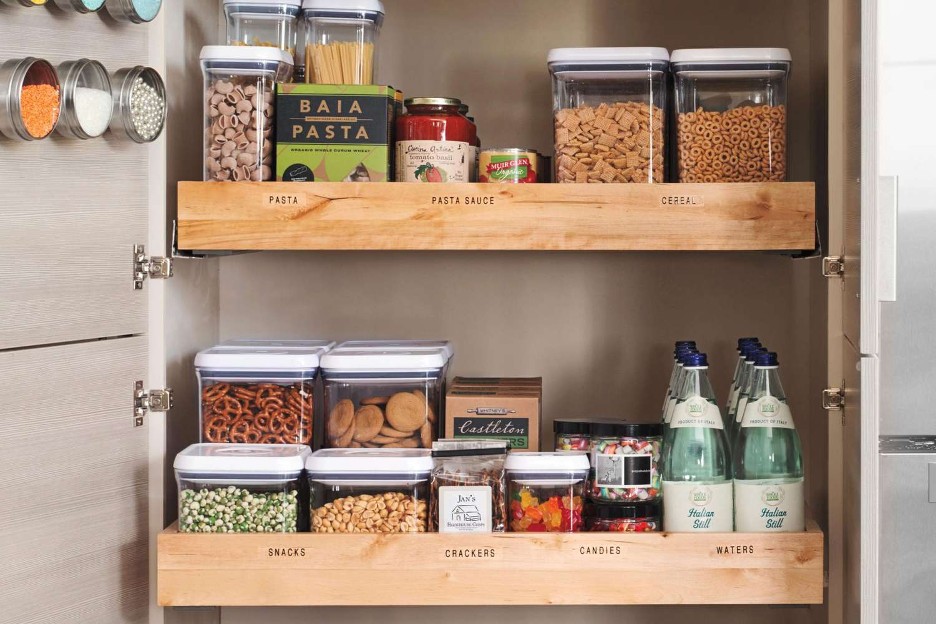A clothing store simulator helps with seasonal adaptability in the following ways:
- Quick Design Changes: Allows you to quickly adapt store layouts, decor, and displays to reflect seasonal changes and promotions.
- Seasonal Themes: Experiment with different seasonal themes and decorations to create a festive and engaging shopping environment.
- Promotional Displays: Design displays that highlight seasonal promotions, sales, and new arrivals to drive customer engagement and increase sales.
- Product Rotation: Easily rotate seasonal merchandise in and out of store displays to keep inventory fresh and relevant.
- Real-Time Feedback: Gather real-time feedback from customers on seasonal displays and promotions to refine your strategies and maximize impact.
- Data Analytics: Use data analytics to track customer interactions with seasonal displays and promotions, identifying top-performing strategies and optimizing future campaigns.
- Scalability: Easily replicate successful seasonal designs and promotions across multiple store locations to ensure consistency and brand coherence.
- Adaptability: Quickly adapt store designs to accommodate changes in market trends, customer preferences, and brand image, ensuring that your store remains relevant and attractive to customers year-round.
By providing tools and features that help you adapt your store design and promotions to reflect seasonal changes, a clothing store simulator helps you create a more engaging and dynamic shopping experience for customers, ultimately leading to increased sales and customer satisfaction.
How Does a Clothing Store Simulator Help You with Brand Integration?
A clothing store simulator helps with brand integration in the following ways:
- Customizable Brand Elements: Incorporate brand logos, colors, and imagery into store designs to ensure brand consistency.
- Brand Identity Exploration: Experiment with different design elements to find the best way to integrate your brand identity into your store environment.
- Visual Brand Representation: Showcase your brand’s unique identity and values through store layouts, decor, and displays.
- Consistency Across Locations: Ensure consistency in brand representation across all store locations by replicating successful brand integration strategies.
- Realistic Simulation: Visualize how brand elements will look in your store environment with realistic 3D simulations.
- Scalability: Easily replicate successful brand integration strategies across multiple store locations to ensure consistency and coherence.
- Remote Collaboration: Collaborate with team members, designers, and stakeholders remotely to ensure that brand integration is consistent across all locations.
- Real-Time Feedback: Gather real-time feedback from customers, colleagues, and stakeholders on brand integration to identify areas for improvement and make adjustments as needed.
- Data Analytics: Use data analytics to track customer interactions with different brand integration strategies and optimize future brand representation efforts.
- Cost-Effective Design: Save costs by experimenting with virtual designs before implementing changes in the physical store, reducing the need for costly design iterations and revisions.
By providing tools and features that help you integrate your brand identity into your store environment, a clothing store simulator helps you create a cohesive and consistent brand experience that resonates with customers and strengthens brand loyalty.




